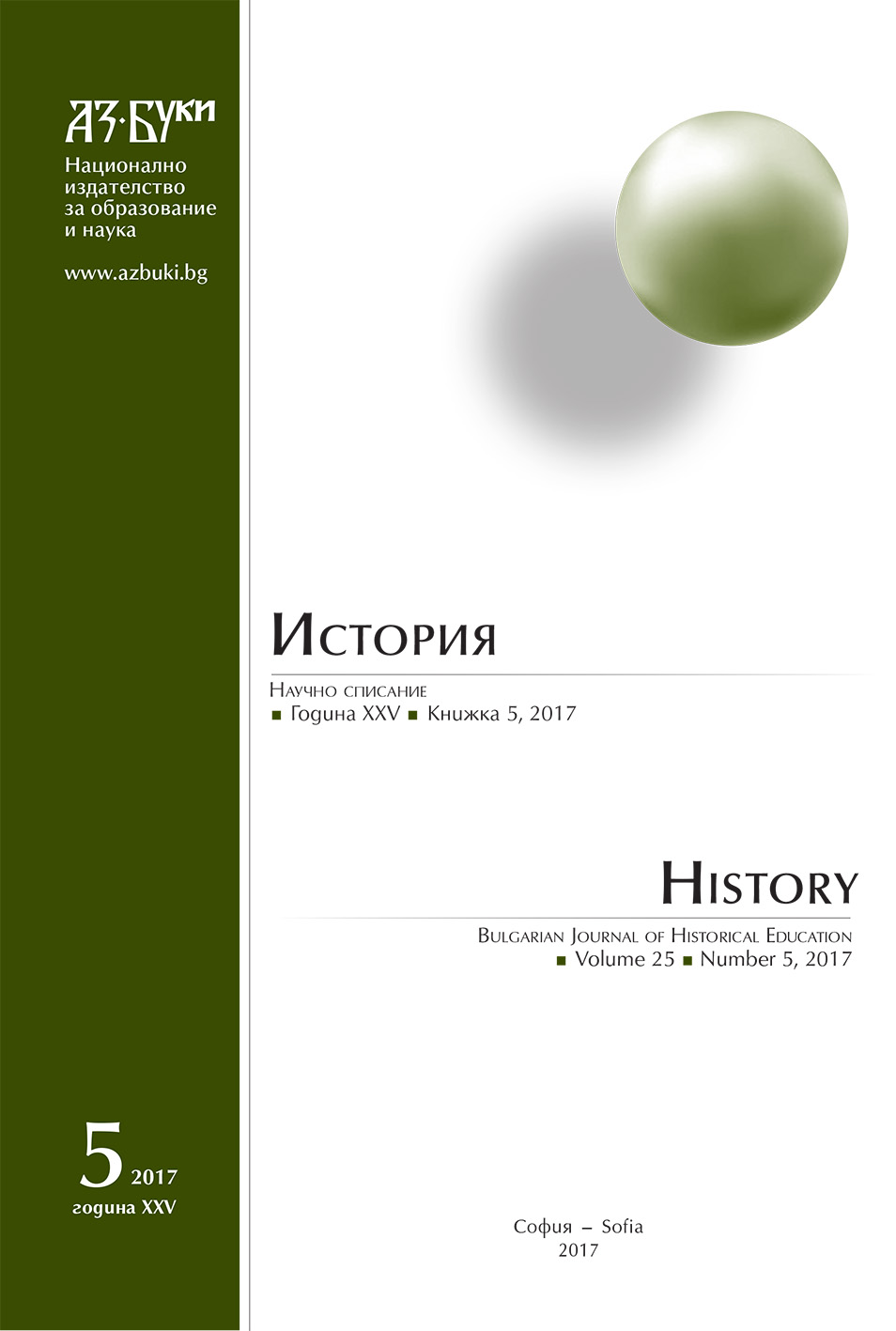ДВЕ МОДЕЛИ АМЕРИКАНСКОЙ УТОПИИ (НА ПРИМЕРЕ ПРОИЗВЕДЕНИЙ Э. БЕЛЛАМИ И Р. ХАЙНЛАЙНА)
This paper is devoted to the utopian genre in the United States during the period of 1880–1940. Practical orientation of the society for implementation of the utopia is a specific feature of the utopian consciousness, as well as, therefore, of the utopian fiction in America. The United States embraced the European tradition of constructing a utopian ideal, in which inversion allowing the imagination to simultaneously overcome the reality and create a radically different world is the main method. Whereas egalitarianism was the ideal of European utopianists, the American utopia very early took the idea of justice; it was more associated with the equality of opportunities, rather than with the equality of property and consumption. Thus, E. Bellamy’s utopian novel “Looking Backward, 2000–1887” (1888), with no literary merit, made a revolution in the minds of both the United States and Europe, thereby laying the basis for a number of major social trends, especially in the sphere of consumption. R. Heinlein made an attempt to create his own utopian ideal in the second half of the 1930s. He faced the misunderstanding among publishers and completely switched to writing commercial science fiction.
More...















